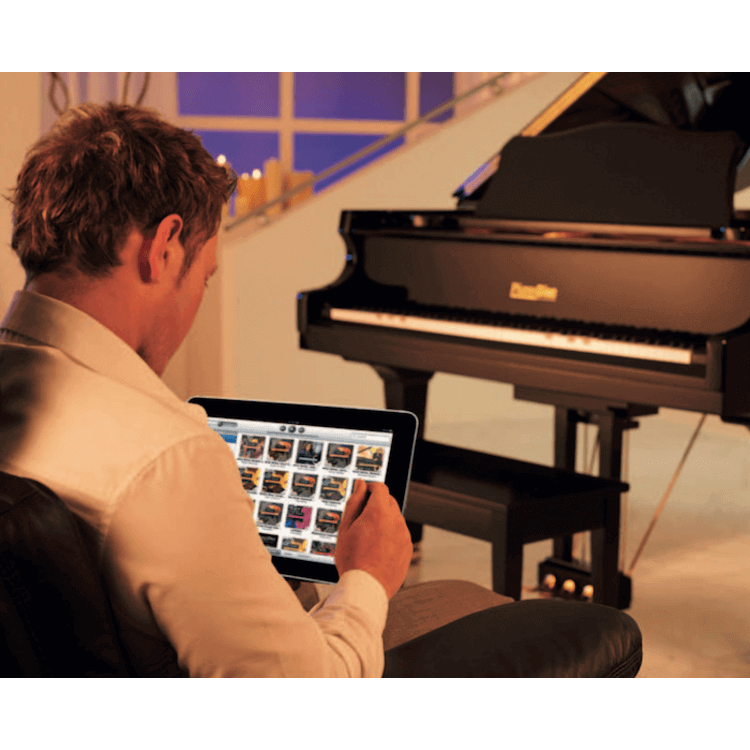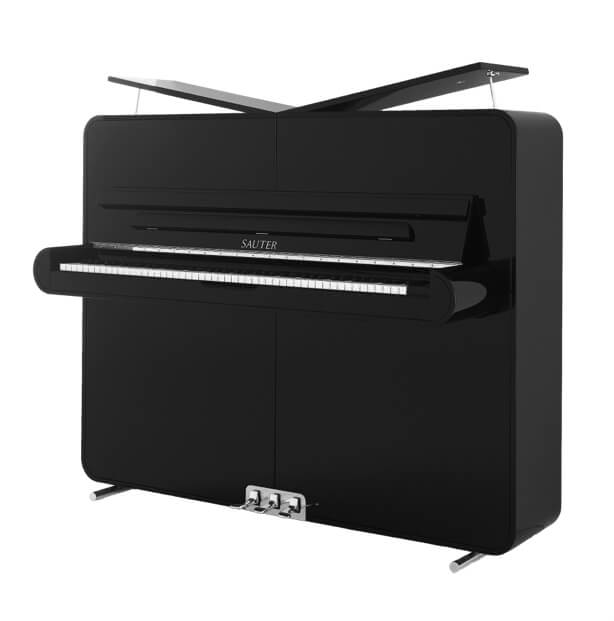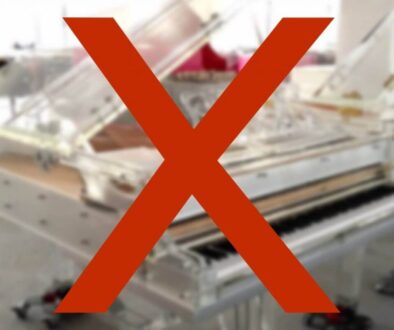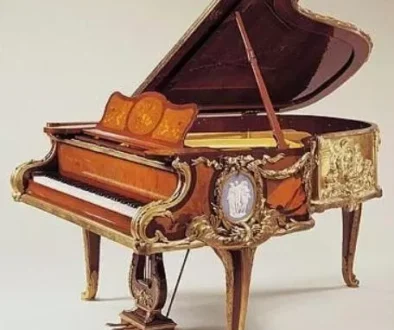How to Choose a Piano
There is nothing more exhilarating than making the decision to purchase a new piano. That is not to say that purchases like a new dwelling or vehicle are not exciting and more fundamental to immediate needs, but a piano is in a class by itself.
Pianos have a life of their own. They embody the needs of people’s spiritual, artistic and creative souls so that makes their addition to a household, church, or public arena a splendid and momentous event. Because a fine instrument can thrive for generations, it is obvious that the choice of a piano needs to be given serious consideration.
Even if an inexpensive upright piano or keyboard has been contemplated for a child or an adult beginner, conventional wisdom has that you get what you pay for, and that the piano itself can be a deciding factor on whether the student enjoys and pursues the lessons. Buying the best pianos you can afford and keeping them tuned and in good repair is what any reputable teacher will assure you.
So, then, how does one go about choosing a piano?
Tips On Making Your Choice
1. Buyer beware!
There are many old “cheap” pianos being hawked on ebay, craig’s list, and at bargain piano stores. If the price of a piano seems too good to be true, it probably is. A piano that has suffered damages (like being dropped from the back of a truck or has been neglected for decades, left exposed to hot sun, or unprotected near the moisture of a lake or ocean,) may appear to be okay, but unless an expert examines it first, do not be fooled. Cheapest isn’t always the best piano to buy.
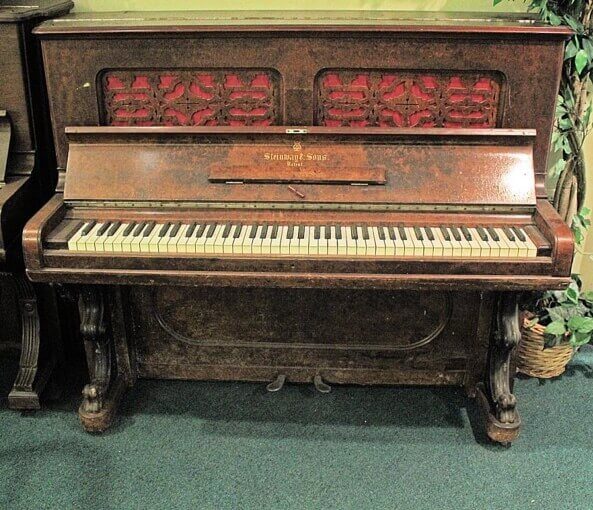
2. Educate Yourself!
With the advantages that the Internet provides, everyone today can begin to educate themselves without leaving their chair. Start by investigating Brand Names and Manufacturers. Unlike the old days where a classic Steinway once set the bar for elegance, today there is a Renaissance in pianos. European piano manufacturers like Bluthner, Sauter, and Petrof have exceeded expectations in performance, design, and distinction. No longer is the cookie-cutter brown baby grand in demand, but a whole new smorgasbord of colors, designs, woods, sizes and décor is available. In the long run, you will be able to make a much smarter choice of the best pianos to buy if you learn the basics: a classical piano versus a modern piano versus an art case piano. An upright versus a baby grand versus a concert grand. A player piano versus a digital piano versus a standard. You will find the adventure thrilling to see that a whole new world exists in the realm of pianos, and familiarizing yourself with it is not only fun, but it can serve you well in a final and wise choice.
3. Get out and about
Once you have an idea of what you might want, it is time to get out and visit some showrooms and talk to some experts. It is a chance to compare different models and makes. However, a truly good piano store will not try to sell you on the available floor inventory, but will listen to your needs, and attempt to help you find the instrument that is exactly right for you. In this day and age, new pianos ordered from the manufacturer can be attuned to your every desire right at the factory, and further adjusted when acclimatized in their new location. Each piano is unique, and you will likely want to request your preferences for sound, the quality of key touch, and the piano size that fits the room size—to say nothing of the designs, finishes, motifs, art and inlays that are offered in piano cases today. Don’t settle on a piano until you have found the experts that can help you. Piano sellers should be able to give you direction and objective information in your quest. Due to the nature of this product, the hard sell has no place in this industry.
Types Of Different Pianos
1. The Acoustic Grand Piano.
Everything from a “baby” grand to a “concert” grand ranging in sizes from under five feet to over nine feet. The “grand” connotes a comparison to the upright piano. With a faster touch and a larger sound, the grand piano is considered more powerful and responsive. There is horizontal action in the massive soundboard. There is also the design element, the beautiful shape of the case, and the tradition of historic majesty in the Grand Piano.
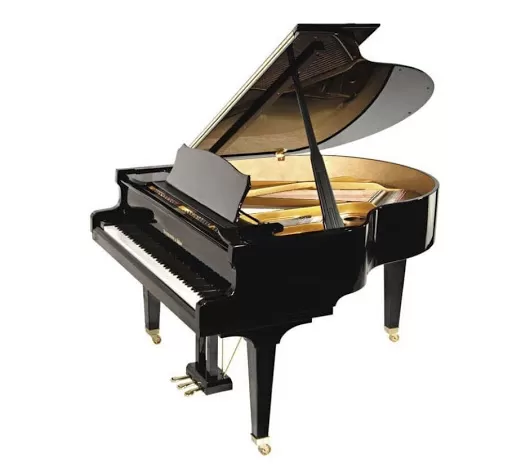
2. The Acoustic Upright or Vertical Piano
Uprights come in varying heights and has a vertical action which can be above or below the keyboard, and all require floor space of about five feet by two feet, thus are more appropriate for small rooms. The Studio piano is the largest, and some professional-quality uprights can have equal tone to some small grands. So you can’t buy by size alone.
3. The Digital Piano
Digital piano also known as piano synthesizer, or weighted keyboard is an electronic
alternative to the traditional acoustic piano. Some digital pianos are also designed to look like an acoustic piano, both the upright or grand piano body style, a step up from the 88 key keyboard.
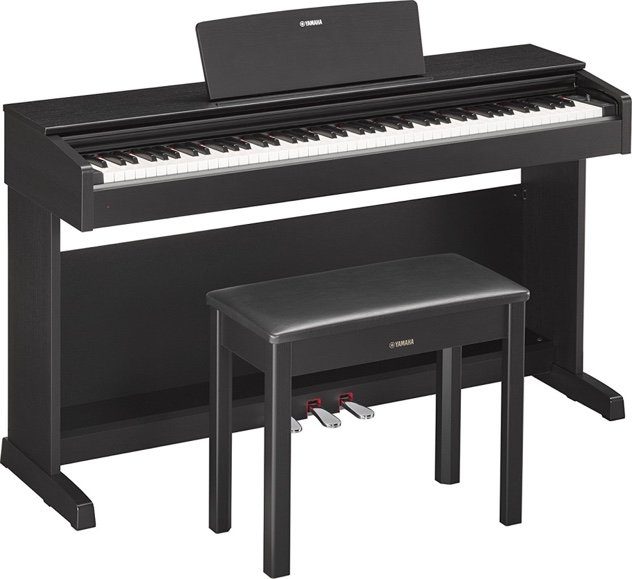
4. The Player Piano
The player piano conjures an image of perforated metal or paper rolls while the keys play themselves, but the current technology of encoded music on electronic disks have revolutionized player pianos. Even more exciting, the hardware/software can now be installed into acoustic and digital pianos thus converting them into Player pianos as well.
